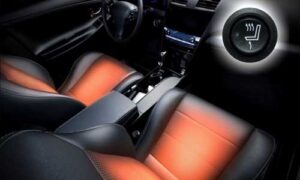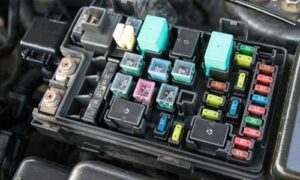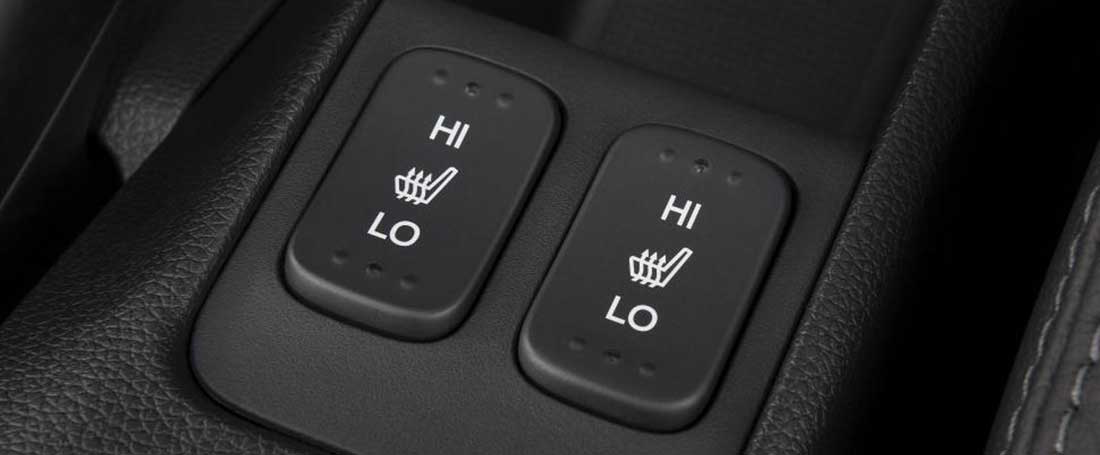Heated seats are often thought of as a luxury item and are most often included in high-end cars. The actual technology behind heated seats, however, is no different than that used in electric blankets, hair dryers, water heaters and anything else that uses electricity to produce heat.


When electric current flows through it, the energy is turned into heat, which flows through the seat, warming the rider.
Turning on the heat
As with the lights in your car, the heated seats are controlled by a type of switch called a relay. A relay allows a small electric current to control a much larger one.
When you flip the switch to turn on the seat heater, a small current flows through a coil in the relay. Near this coil is an open switch. When current flows through the coil, it creates a magnetic field, which pulls the switch closed. This completes a circuit, sending electricity from the battery to the seat cushion heating element. The audible click you can hear in some cars when you turn on the seat heater is the relay closing.
How sensors keep you safe
The longer the seat cushion stays on, the hotter it gets. If it were to stay on for too long, it would get hot enough to become uncomfortable or even dangerous to sit in. It could even start a fire in the cushion.
To prevent this, most car seat heaters have a thermostat. The thermostat measures the temperature in the cushion. When it reaches a certain temperature, the thermostat sends a signal, automatically turning off the relay until the seat cools down a bit.
At that point, the thermostat turns the relay back on again. Many seat cushions also have “high” and “low” settings that let the driver control the temperature of the seat cushions.
Troubleshooting a heated car seat
Problems with heated car seats almost always occur in the seat heater element, instead of in the seat heater switch. However, checking the seat heater element requires taking the car seat apart, so you check for other problems, and if the problem persists, bring it into Bockman’s Auto Care and we’ll take a look.


If that isn’t the problem, check the electrical plug underneath the heated seat where the seat plugs into the main wiring harness. Be sure that all the plugs in the heated seats are free of corrosion or dirt that may inhibit them from working correctly.
Plugs. If the plugs on the seat are free of dirt and corrosion and the heated seat still isn’t working correctly, you need to turn the car’s ignition to the “on” position and check that there is power to the plug.
If there is power to the plug, and there aren’t any other problems, you know that the problem is in the seat itself. At this point it’s best to bring your vehicle into a service center for repair.
Heater element. A problem with the heater element itself is the most common cause of problems with heated car seats. This is because the heating wire that heats car seats is usually small and quite fragile, making it susceptible to breakage over time.
For this type of problem, you definitely want a trained and qualified technician diagnosing and repairing this problem with your heated seat.

